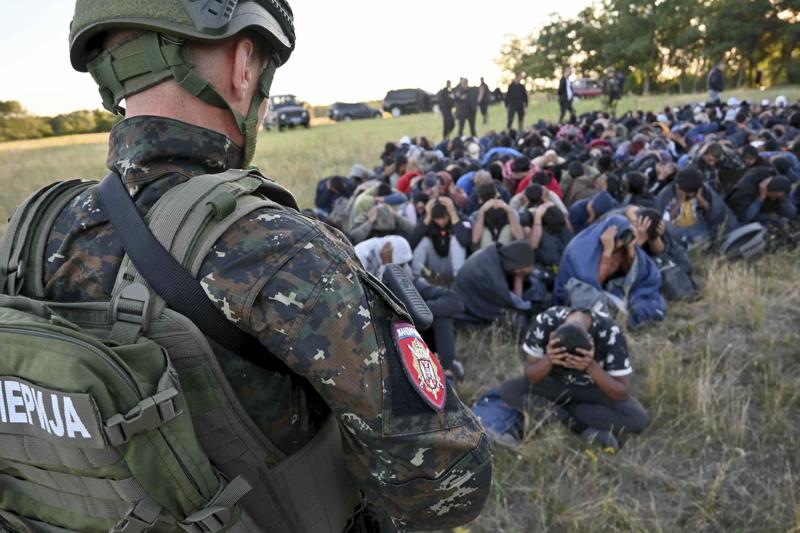In recent years, the number of illegal migrants attempting to enter Hungary has tended to decrease by mid-December due to winter weather, but this year migration pressure is not decreasing, but increasing, said György Bakondi, the prime minister’s chief advisor on homeland security, to M1 news channel on Saturday evening.
György Bakondi pointed out that this can be observed not only along the Serbian-Hungarian border, but also along the Balkans route from Turkey. This development suggests that violent attempts to break into Hungary in groups will continue into the end of the year and the beginning of next year. So far in 2022, Hungary has registered over 262,000 illegal crossing attempts compared with 114,000 in the same period of 2021.
György Bakondi described the march of armed gangs on Horgos more than two weeks ago and the firefight between rival armed gangs as an incredibly serious internal security incident. He added that Serbian special police forces have since detained hundreds of people planning to cross the border illegally and transferred them to reception centers inside the country.
However, these centers remain open, so the detainees will soon reappear at the border by taxi, he pointed out. With a large police force in the area, illegal immigrants do not appear in populated areas but typically take refuge in wooded and bushy areas.
He also said that the fact that smugglers often ask to be paid via remittance is indicative of an established business empire, adding that the money is often transferred from the destination country.
In the context of the absence of a winter decline in migratory pressure, Bakondi pointed to the large number of illegal migrants arriving in Turkey, a figure already approaching 4 million, mainly from Iran and Syria.
This is such an economic, social, and political burden for Turkey, and the country’s population appears to be running out of patience. Now, many of these migrants are moving on to Europe through large networks of people smugglers, he said.
The latest Frontex report also shows a trend similar to the one mentioned by Bakondi. In the January-October period, the number of migrants along the Western Balkans route rose by 159 percent compared with the same period of 2021.





